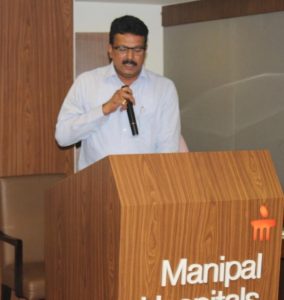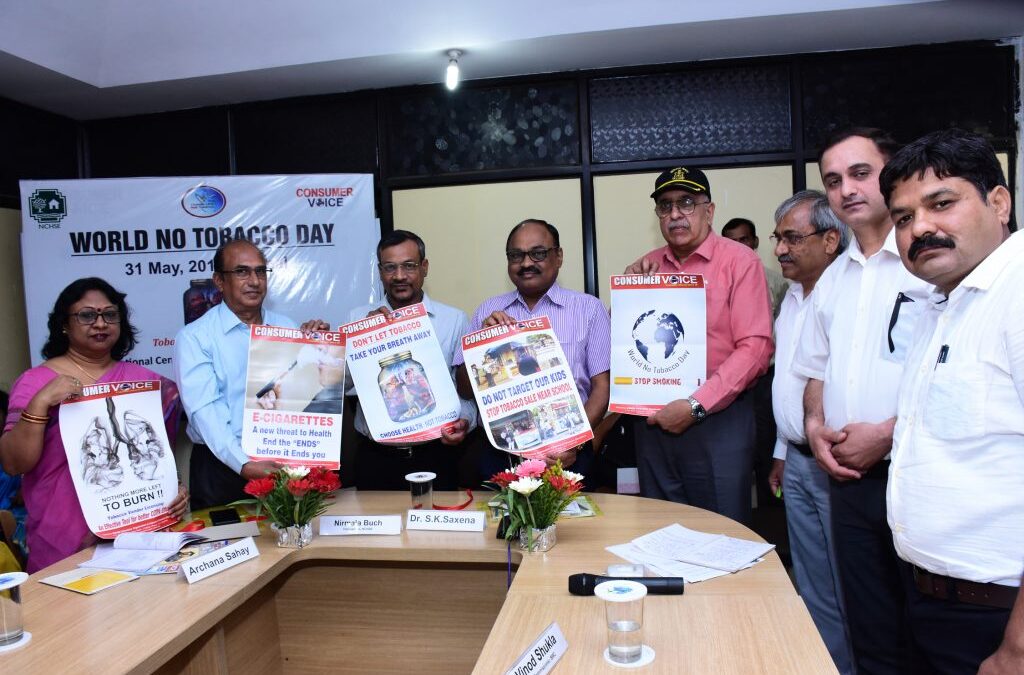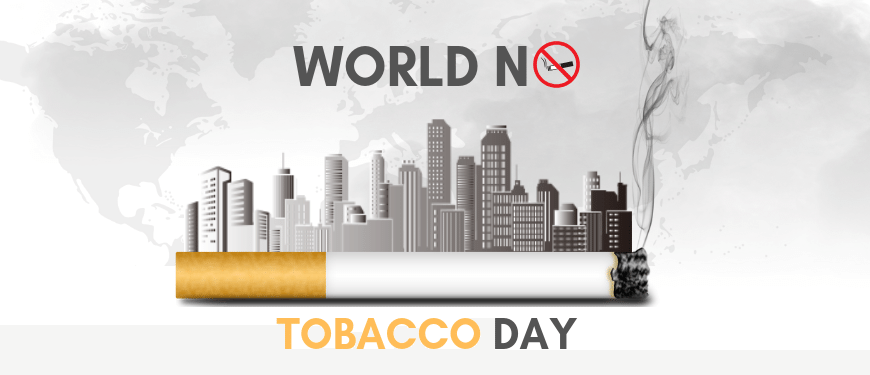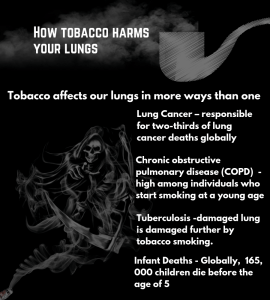
State Level Consultation for Sensitization of Stakeholders to Mandate the Strict Implementation of Vendor Licensing in Goa
State Level Consultation for Sensitization of Stakeholders to Mandate the Strict Implementation of Vendor Licensing in Goa

State Level Consultation for Sensitization of Stakeholders to Mandate the Strict Implementation of Vendor Licensing in Goa
New set of Health Warnings on all Tobacco Products
Higher Taxation by GST Council will curb Tobacco Addiction

World No Tobacco Day – Bhopal-MP
World No Tobacco Day 2019


Tobacco consumption in India is one of the biggest menace that India battles among several other. However, 2016-2017 Global Adult Tobacco Survey (GATS) report shows a remarkable reduction of tobacco consumption from 34.6% in 2009-10 to 28.6% in 2016-17. But one cannot afford to relax.
GATS Data:
Health Benefits of Quitting
How to control Tobacco Consumption
The small silver lining that the GATS report shows has been because of efforts of the government and NGOs working at the grass root level. India was among the first countries to ratify the WHO Framework Convention on Tobacco Control (FCTC) in 2004. Indian enacted comprehensive tobacco control legislation, entitled, “The Cigarette and Other Tobacco Products (Prohibition of Advertisement and Regulation of Trade and Commerce, Production, Supply and Distribution) Act, 2003” (COTPA). Under Section 6 (b) of COTPA, the sale of tobacco products is prohibited in an area within a radius of 100 yards of any educational institutions and mandatory signage in this regard should be displayed prominently near the main gate and on the boundary wall of the school institute.
One of the effective measures of stopping school children and minors from falling prey to tobacco smoking is implementation of vendor licensing through COTPA. The Cigarettes and Other Tobacco Products Act, 2003 (COTPA), specifically prohibits smoking in all public places, prohibition of direct and indirect advertisement, promotion and sponsorship of cigarettes and other tobacco products, prohibition of sale of cigarettes and other tobacco products to minors and within 100 yards of any educational institution, and display of health warning, including pictorial warning on ill effects of tobacco use on the packages of all tobacco products.
Consumer VOICE and Voluntary Health Association of India conducted a Big Tobacco Tiny Targets study to determine the extent of tobacco products being marketed and sold around schools in India. A total sample of 243 schools and 487 points of sale were closely surveyed during this study in these 20 cities.
Through the study, investigators observed 225 points of sale of tobacco products out of the 487 points surveyed around 243 schools in 20 cities across 6 states of India. Street vendors were the most common form of sellers at 56.6% of the 225 tobacco points of sale.
E-Cigarettes Survey Report
E cigarettes which have made inroads into the lives of Indian youth, has also entered the US market as well. Results of National Youth Tobacco Survey reveal that use of e-cigarettes among high school students has increased from 1.5% (220,000 students) in 2011 to 20.8% (3.05 million students) in 2018 (p<0.001). The situation among middle school students is not bright either. Current e-cigarette use among middle school students increased from 0.6% in 2011 (60,000 students) to 4.9% (570,000 students) in 2018. For more information, Click here
Consumer VOICE, recently conducted an observational study in the month of February 2019 to find out retail availability of e-cigarettes, and perception associated with it. In order to understand E-Cigarette brands sold in India, a five-city survey was conducted in Delhi, Mumbai, Kolkata, Bengaluru, and Lucknow.
The objectives of the survey were:
The actual sample size covered was 100 respondents with 25 each in Mumbai and Delhi, 20 each in Bengaluru and Kolkata and 10 in Lucknow.
The survey reveals there is easy availability of E-cigarettes in various states despite the ban in eleven states and one Union Territory with many brands on E-Commerce platforms.